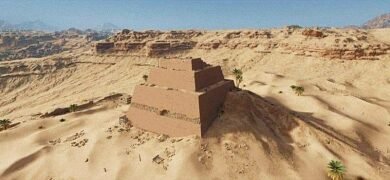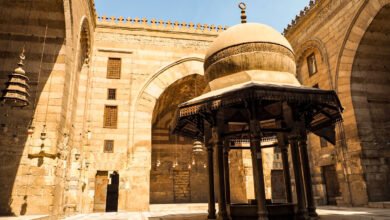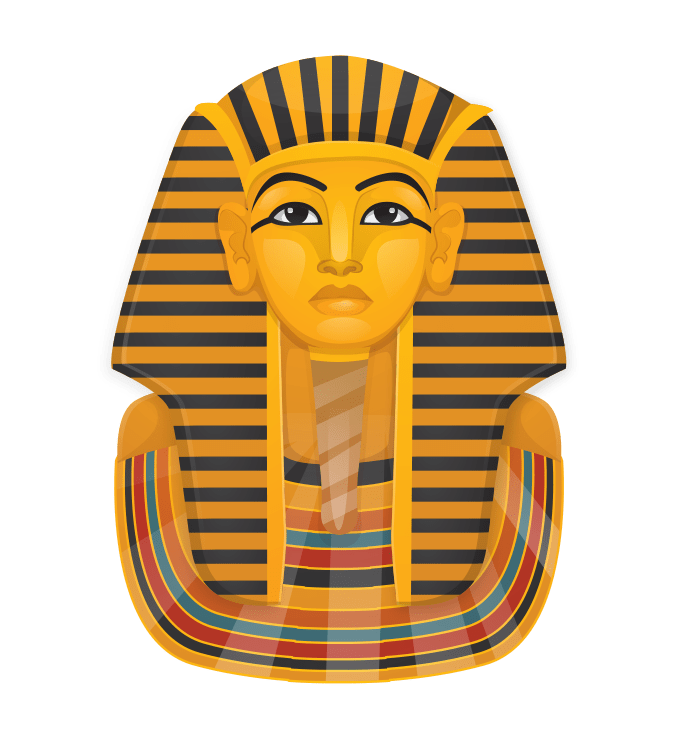The Coptic Museum in Egypt

The Coptic Museum in Cairo, Egypt is a treasure trove of Coptic Christian art and artifacts, offering visitors a unique glimpse into the rich cultural heritage of this ancient civilization. Located in the heart of Old Cairo, the museum’s impressive building, constructed in the early 20th century, sets the stage for an immersive and educational experience.
History and Significance
- Established in 1910 : The Coptic Museum was established in 1910 to preserve and showcase the art, artifacts, and history of the Coptic Christian community in Egypt, which has roots dating back to the 1st century AD. It was originally housed in a smaller location before moving to its current, expanded premises in the 1940s.
- Comprehensive Collection : The museum’s collection is regarded as one of the most comprehensive in the world, featuring over 16,000 objects that span over 2,000 years of Coptic Christian history and culture. These include religious manuscripts, liturgical objects, textiles, icons, and architectural elements from Coptic churches and monasteries across Egypt.
- Cultural Significance : As the world’s largest repository of Coptic Christian art and artifacts, the Coptic Museum plays a vital role in preserving and promoting the unique cultural heritage of this ancient community. It serves as an important center for research, education, and cultural dialogue, drawing scholars and visitors from around the globe.
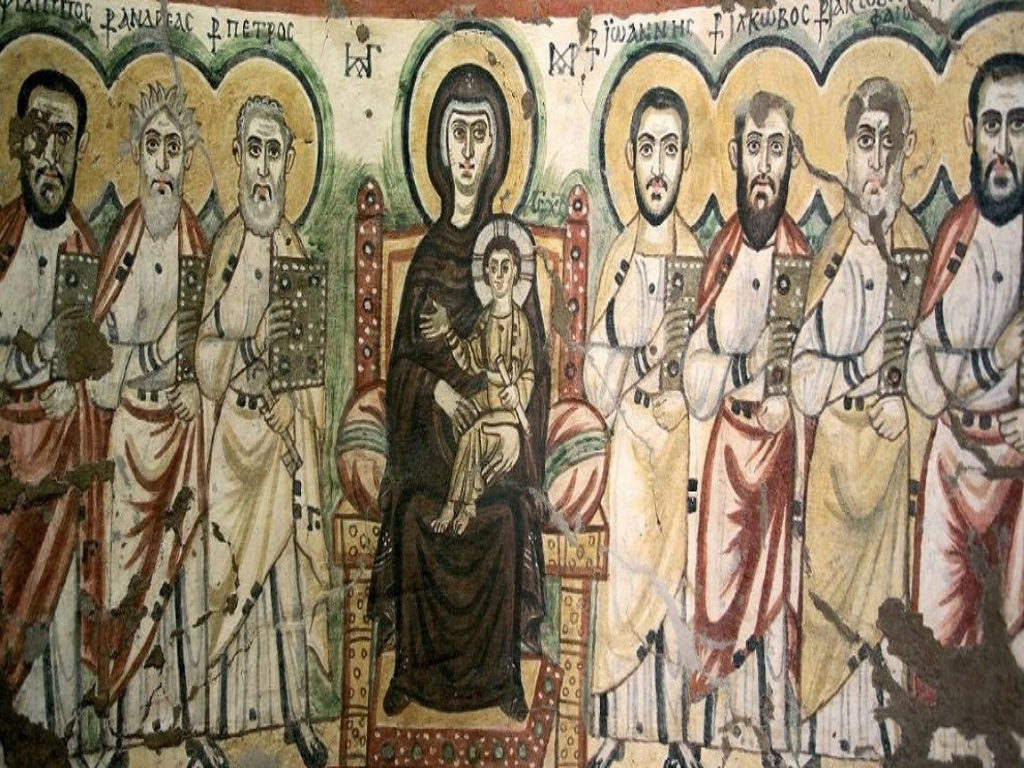
Architecture and Design
- Neo-Fatimid Style : The Coptic Museum’s impressive building is designed in the Neo-Fatimid style, which combines elements of Fatimid and Mamluk architecture. The exterior features intricate stone carvings, elegant arches, and a striking domed entrance, creating a visually stunning and harmonious blend of Islamic and Coptic influences.
- Spacious Layout : The museum’s interior layout is designed to facilitate a seamless and immersive visitor experience. Spacious galleries and well-lit exhibition spaces allow for the display of the museum’s vast and diverse collection, while also providing ample room for visitors to explore and appreciate the artifacts in detail.
- Architectural Highlights : Notable architectural highlights within the museum include the grand central courtyard, the ornate and intricate wood carvings adorning the ceilings and walls, and the stunning stained-glass windows that bathe the galleries in warm, colorful light. These architectural elements create a sense of grandeur and reverence befitting the museum’s important cultural role.

Introduction to Sayed Darwish Theater
Permanent Collections
- Religious Manuscripts : The museum’s extensive collection of Coptic religious manuscripts includes ancient biblical texts, liturgical works, and illuminated Gospel books, offering a glimpse into the rich literary and scriptural traditions of the Coptic Church.
- Liturgical Objects : Visitors can admire a vast array of liturgical objects, such as crosses, chalices, censers, and other sacred vessels, which were used in Coptic Christian rituals and ceremonies throughout the centuries.
- Textiles and Icons : The museum boasts an impressive collection of Coptic textiles, including elaborately woven and embroidered fabrics, as well as a stunning array of Coptic Christian icons, which are renowned for their intricate designs and vivid colors.
- Architectural Elements : The museum’s permanent collection also includes a range of architectural elements, such as carved wooden screens, marble columns, and decorative stone carvings, salvaged from ancient Coptic churches and monasteries across Egypt.

Temporary Exhibitions
- Rotating Displays : In addition to its extensive permanent collection, the Coptic Museum regularly hosts temporary exhibitions that showcase various aspects of Coptic art, history, and culture. These rotating displays often feature unique and rarely seen artifacts, providing visitors with an ever-changing and enriching experience.
- Thematic Showcases : The temporary exhibitions at the Coptic Museum are often organized around specific themes, such as Coptic textiles, religious iconography, or the architectural heritage of Coptic churches. These thematic showcases allow for a more in-depth exploration of particular facets of Coptic cultural and artistic expression.
- Educational Opportunities : The temporary exhibitions also serve as valuable educational resources, providing visitors with opportunities to learn about the history, significance, and cultural context of the displayed artifacts. Accompanying lectures, workshops, and guided tours further enhance the learning experience.
- Collaborations : The Coptic Museum often collaborates with other cultural institutions, both local and international, to organize its temporary exhibitions, leveraging a broader network of expertise and resources to curate captivating and informative displays.

Visitor Information
- Location : The Coptic Museum is located in the heart of Old Cairo, just a short walk from the famous Hanging Church and the Church of St. Sergius and Bacchus.
- Hours of Operation : The museum is open daily from 9 AM to 5 PM, with the exception of Mondays when it is closed for maintenance and cleaning.
- Admission Fees : Admission to the Coptic Museum is reasonably priced, with discounted rates for students, seniors, and children. Guided tours are available for an additional fee.
- Accessibility : The museum is generally accessible, with ramps and elevators providing access to the various galleries and exhibition spaces. Visitors with special needs are encouraged to inquire about accommodations.
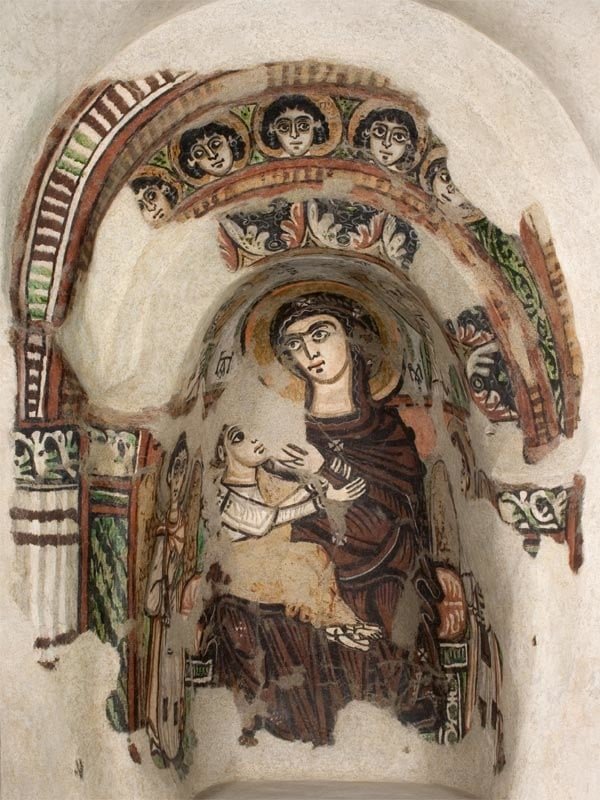
Educational Programs
- Guided Tours : The Coptic Museum offers a variety of guided tours, led by knowledgeable docents, that provide in-depth insights into the museum’s collections and the history of Coptic Christianity in Egypt.
- Lectures and Workshops : The museum regularly hosts lectures, workshops, and symposia on topics related to Coptic art, culture, and history, attracting scholars, students, and the general public alike.
- School Programs : The Coptic Museum’s education department offers tailored programs for school groups, including interactive tours, hands-on activities, and educational resources to help students of all ages engage with and learn about Coptic heritage.
- Online Resources : The museum’s website features a wealth of digital resources, including virtual tours, educational videos, and interactive exhibits, expanding the reach of its educational mission to a global audience.
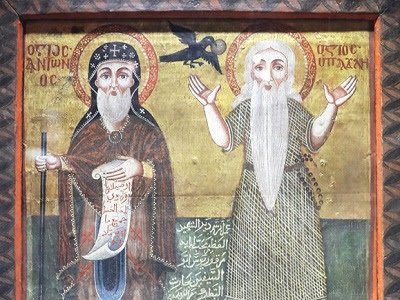
The 6 best activities in Safari Park, Cairo
Preservation and Conservation Efforts
- Climate Control : The museum maintains strict temperature and humidity controls to ensure the optimal preservation of its delicate artifacts, from ancient manuscripts to fragile textiles.
- Specialized Storage : The museum’s storage facilities employ cutting-edge storage and display techniques, such as UV-filtered lighting and acid-free materials, to safeguard the collection from environmental threats.
- Restoration and Conservation : The museum’s team of skilled conservators and restorers work tirelessly to preserve the integrity of the collection, employing the latest conservation techniques to stabilize and restore damaged or fragile artifacts.
- Research and Documentation : The museum’s research and documentation efforts play a crucial role in understanding the history, provenance, and significance of its artifacts, informing its preservation and conservation strategies.

Importance in Coptic Christian Heritage
- Cultural Centerpiece : As the world’s largest repository of Coptic Christian art and artifacts, the Coptic Museum serves as a cultural centerpiece for the Coptic community, preserving and showcasing the rich artistic and spiritual traditions that have been integral to Coptic identity for over two millennia.
- Scholarly Resource : The museum’s extensive collection and its commitment to research and education make it an invaluable resource for scholars, historians, and researchers studying the history, theology, and cultural expressions of the Coptic Christian tradition, contributing to a deeper understanding of this ancient faith.
- Intercultural Dialogue : By fostering a deeper appreciation for Coptic Christian art and culture, the Coptic Museum plays a vital role in promoting intercultural dialogue and understanding, particularly in a region where religious and cultural tensions have sometimes run high. Its exhibits and educational programs serve as a bridge between the Coptic community and the wider world.

Source : egymonuments
The Coptic Museum is located in the heart of Old Cairo, just a short walk from the famous Hanging Church and the Church of St. Sergius and Bacchus.
Read more about :
- The Meidum pyramid, the royal tomb of king Sneferu
- The Architectural Splendor of Al-Mu’izz Mosque
- Tabali Egyptian street food restaurant in New Cairo
- The Coptic Museum in Egypt
- Dive into the Mysteries of Heraklion: The Lost City Beneath the Waves

